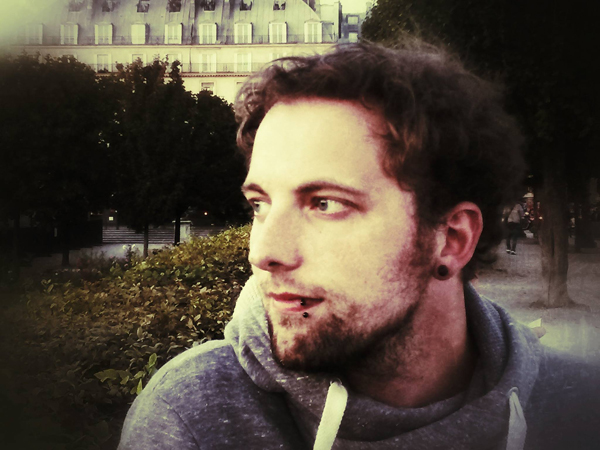It’s no secret the Eurographics Workshop on Visual Computing for Biology and Medicine (VCBM) is one of my favorite events for some years already, all medical visualization all the time! Since last year, it turned into an annual workshop, which means we get to enjoy another VCBM in 2016 already, from the 7th of September until the 9th. This edition promises to be extra epic for several reasons, outlined below:
- It will be in Bergen, Norway. Bergen, for those of you that never visited, is a truly amazing city situated between majestic mountains and a beautiful harbor. You could do worse! “The Gateway to the Fjords of Norway”, people!
- Additionally, also speaking from personal experience, the Bergen Vis group is filled with awesome people that do great research.
- If this is still not convincing you of the epicness, next year the 10th annual Medviz conference will be held at the same time!

‘So where do I sign up?’ I hear you thinking. The official website describing all the details is here, there is a Facebook page for you to like (if not love!) here and even a Facebook event here!





